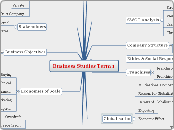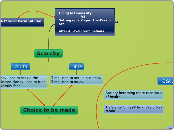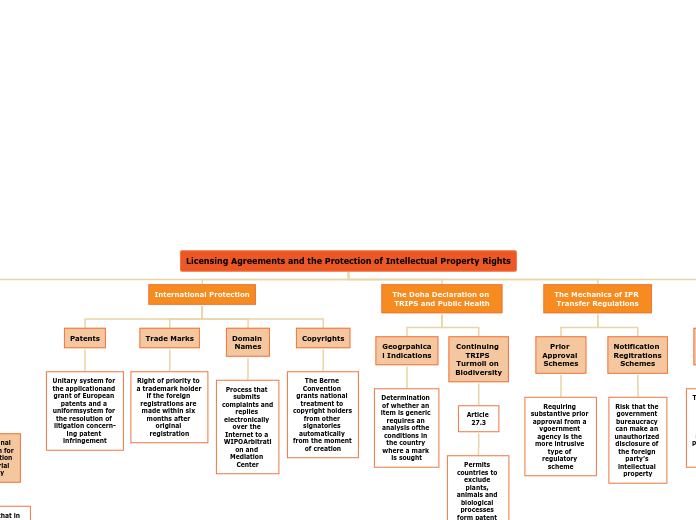da Sophia Hernandez mancano 12 anni
292
Operations
Businesses use various financial statements and systems to manage their operations and measure success. Income statements help owners determine revenue from sales, associated costs, expenses, and ultimately net profit or loss.









